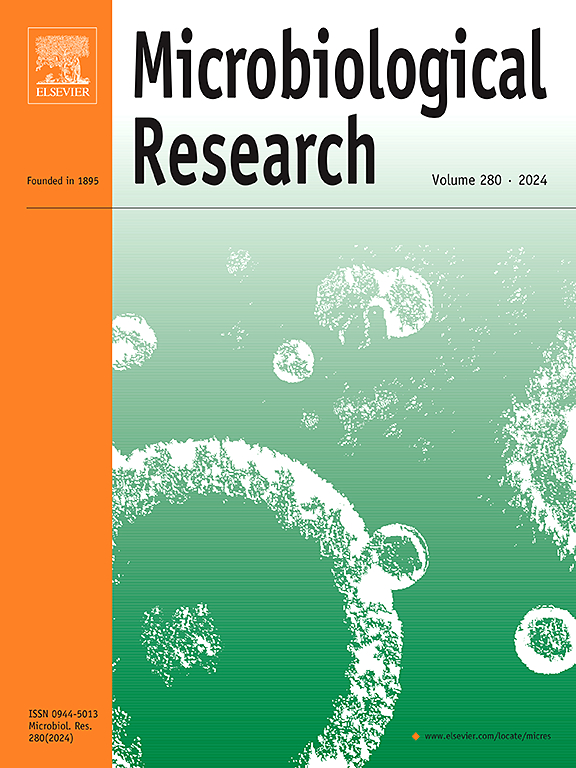Trojan horse strategy and TfR/ LDLR-Mediated transcytosis determine the dissemination of mycobacteria in tuberculous meningoencephalitis
IF 6.1
1区 生物学
Q1 MICROBIOLOGY
引用次数: 0
Abstract
Tuberculous meningoencephalitis (TBM), caused by the Mycobacterium tuberculosis complex, stands as one of the most lethal infections affecting the central nervous system (CNS). The understanding of the mechanisms underlying the neuroinvasion of Mycobacterium bovis (M. bovis) remains limited. Our findings reveal that M. bovis could exploit host transferrin receptor (TfR)- and low-density lipoprotein receptor (LDLR)-mediated transcytosis, while simultaneously utilizing infected macrophages as vectors to traverse the blood-brain barrier (BBB). Infected macrophages accelerate the M. bovis’ neuroinvasion and promote its proliferation and dissemination to various organs. Persistent infection disrupts BBB integrity by degrading tight junction proteins and upregulating intercellular cell adhesion molecule-1 (iCAM-1), facilitating macrophage adhesion and migration, which contribute to the pathogen’s entry into the brain. This study established a murine TBM model by administering M. bovis through carotid artery injection, accurately mimicking the interactions between the pathogen and the BBB. These findings offer insights into the mechanisms of TBM and serve as a foundation for developing targeted therapeutic strategies.
求助全文
约1分钟内获得全文
求助全文
来源期刊

Microbiological research
生物-微生物学
CiteScore
10.90
自引率
6.00%
发文量
249
审稿时长
29 days
期刊介绍:
Microbiological Research is devoted to publishing reports on prokaryotic and eukaryotic microorganisms such as yeasts, fungi, bacteria, archaea, and protozoa. Research on interactions between pathogenic microorganisms and their environment or hosts are also covered.
 求助内容:
求助内容: 应助结果提醒方式:
应助结果提醒方式:


